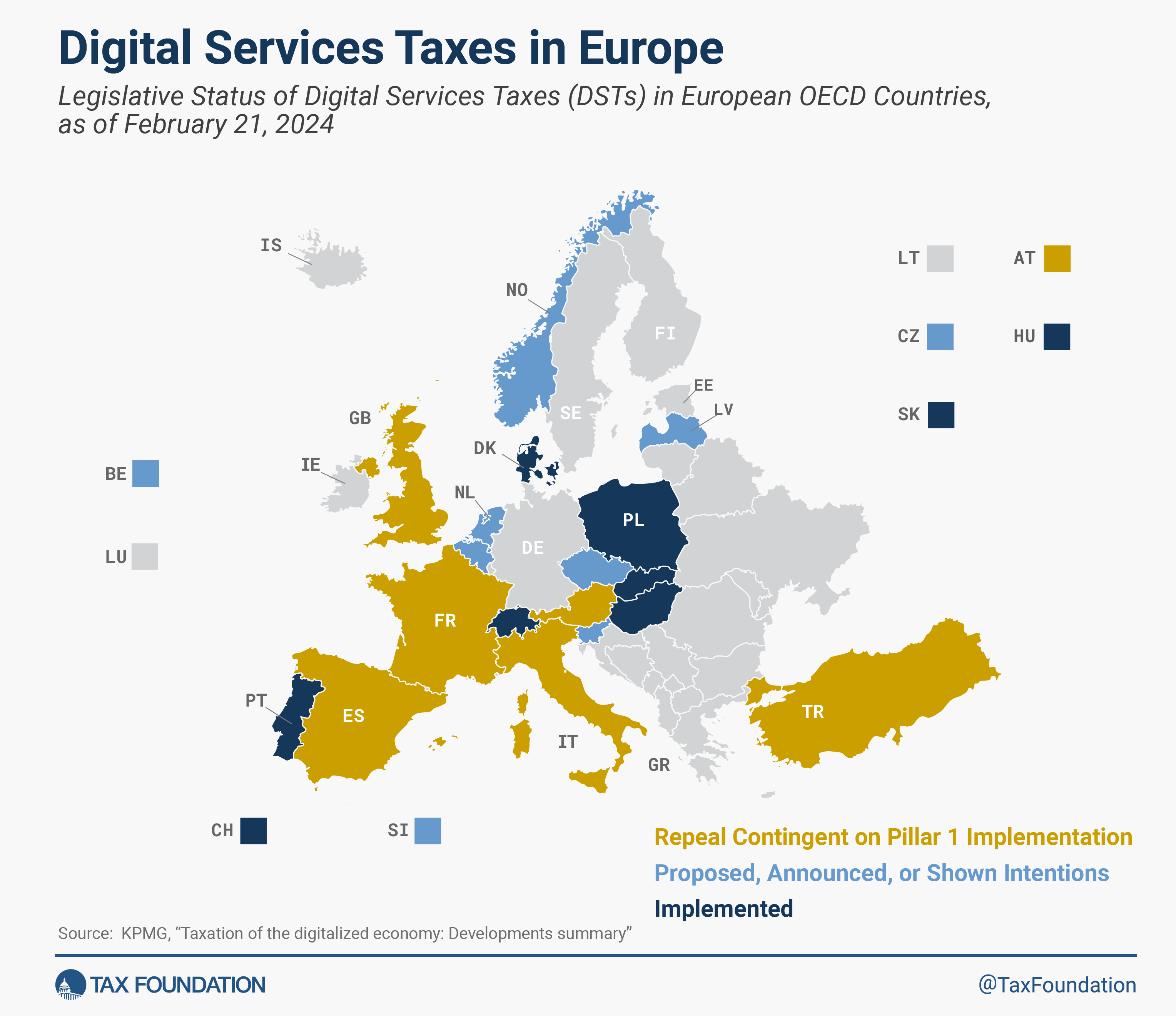Preparing Your Workplace Violence Prevention Plan Just Got a Little Easier – CalOSHA Issues a Model Plan & Other Resources
If you’re a California employer, I hope the following is not news to you. Pursuant to SB 553, most employers in California are required to put in place an effective Workplace Violence Prevention Plan (“WVPP”) by July 1, 2024. SB 553 added section 6401.9 to the California Labor Code to address the requirements for a compliant WVPP.
Section 6401.9(c) provides that the WVPP shall be in writing and shall be available and easily accessible to employees, their authorized employee representatives, and the Division of Occupational Safety & Health [“DOSH”] (aka “CalOSHA”). Subsection 6401.9(c)(2) outlines all of the required elements that must be in the WVPP, which in summary, include:
- The names and job titles of the person responsible for implementing the WVPP;
- Effective procedures to obtain the active involvement of employees and their authorized employee representatives in developing and implementing the WVPP;
- The methods the employer will use to coordinate implementation of the WVPP with other employees so they understand their roles;
- Effective procedures for the employer to accept and respond to reports of workplace violence, and to prohibit retaliation for making a report;
- Effective procedures to ensure that supervisors and non-supervisors comply with the WVPP;
- Effective procedures to communicate with employees regarding workplace violence matters – both how they can report violence or threats of violence, or other concerns about potential violence to the employer and law enforcement; and how the employee’s concerns will be investigated.
- Effective procedures to respond to actual or potential violence emergencies;
- Procedures to develop and provide required training to employees under the WVPP;
- Procedures to identify and evaluate workplace violence hazards, including scheduled inspections to identify unsafe conditions and practices;
- Procedures to correct workplace violence hazards identified;
- Procedures for post-incident response and investigation;
- Procedures to review the effectiveness of the WVPP and revise it as needed;
- Procedures to address other requirements that may be required by CalOSHA; and
- Maintenance of a violence incident log.
As a Leap Year gift, on February 29, 2024, DOSH issued Workplace Violence Prevention Fact Sheets for both employers and employees.
Additionally, DOSH has published a “Model Written Workplace Violence Prevention Plan for General Industry (Non-Healthcare Settings)” (“Model WVPP”) which is a template that employers can customize and complete with specifics related to their worksite and potential violence risks. The Model WVPP provides the essential framework to identify, evaluate, and control workplace violence hazards. It was written for a broad spectrum of employers and is intended to help employers develop a stand-alone WVPP. However, employers are not required to use the Model WVPP and can create their own format which can be either a stand-alone WVPP, or can be included as part of the employer’s existing Injury and Illness Prevention Plan (“IIPP”). The Model WVPP can be found here.
While employers still have some time to establish and implement their WVPP by July 1, 2024, it is recommended that they start working on their plans now because it is not just a matter of having a document prepared on time. The new law also requires that, in addition to annual training, employers provide employees with initial training when the WVPP is first established and document such training took place. Thus, employees must be trained under the WVPP by July 1, 2024.
Given the new legal requirements imposed by SB 553, and the unfortunate stories we hear about in the news every day about violence against others – both in and out of the workplace – employers are encouraged to make their WVPP a top priority.






